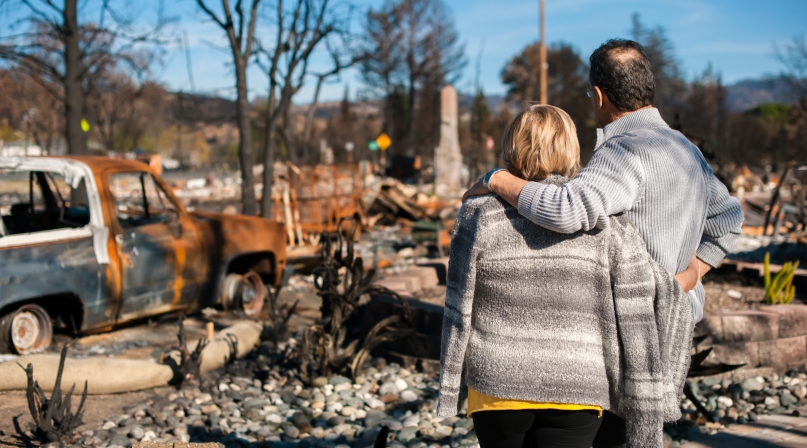Community Disaster Resilience Zones (CDRZ) Act: Initial Designation Update
Author

Brett Mattson

Naomi Freel
Upcoming Events
Related News

Key Takeaways
Enacted in December 2022, the Community Disaster Resilience Zones (CDRZ) Act amended the Stafford Act to strengthen communities most at risk to natural hazards and climate change, focusing on modern, resilient infrastructure and nature-based solutions. In September, the first 483 CDRZ designations were announced.
In order to be determined as a CDRZ designation, regions had to fulfill a handful of requirements.
- Data-Driven Assessment: The composite National Risk Index score must rank in the top 50 nationally or within the top 1 percent in the zone's respective state to be included in the program.
- Environmental Justice: The zone must be recognized as a "disadvantaged community" by the Climate and Economic Justice Screening Tool.
- Inclusivity Standards: The program also utilizes clear requirements, including 50 census tracts with high hazard risk ratings and geographic balance.
NACo played a key role in the securing county priorities in the CDRZ Act, which:
- Modified the Stafford Act to mandate regular updates of tools that assess natural hazard risk and using this data to identify and designate CDRZ communities most vulnerable.
- Authorize the President to provide financial assistance for pre-disaster mitigation planning and projects in CDRZ-designated communities to enhance their resilience against identified natural hazards.
- Simplified the process to prioritize and attract additional public and private sector funding, including public-private partnerships, for resilience projects within or benefiting CDRZ-designated communities.
In July, NACo submitted a comment on the National Risk Index (NRI) approach to establishing CDRZ eligibility.
Want to learn more?
CDRZ Fact Sheet CDRZ Frequently Asked Questions CDRZ Designation Methodology
Related News

County officials moonlight in search and rescue roles
For some county officials, participating in search and rescue operations is another way to serve their communities, and make it safer for people to enjoy natural recreation resources.

SUPPORT Reauthorization Act of 2025: What it means for counties
On December 1, the bipartisan SUPPORT for Patients and Communities (SUPPORT) Reauthorization Act of 2025 (H.R. 2483) was signed into law. The reauthorization renews vital federal funding for programs that seek to prevent opioid overdoses and expand treatment and recovery options.

DHS releases FY 2026 funding opportunities for World Cup and Counter-UAS grants
The U.S. Department of Homeland Security (DHS) and the Federal Emergency Management Agency (FEMA) have released the FY 2026 Notices of Funding Opportunity (NOFOs) for two major new homeland security grant programs: the FIFA World Cup Grant Program and the Counter-Unmanned Aircraft Systems (C-UAS) Grant Program.